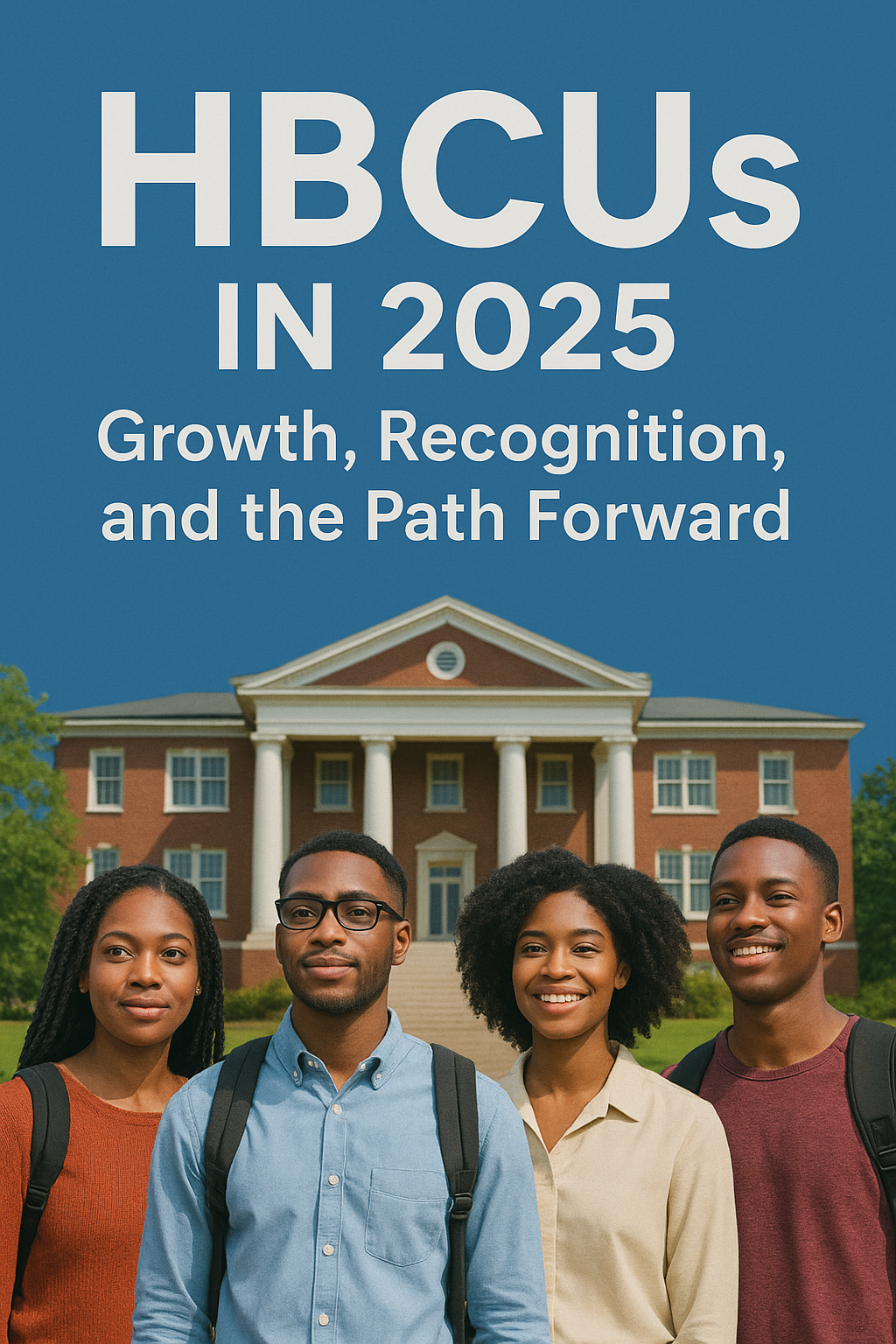1.Enrollment Growth at NC A&T
North Carolina Agricultural & Technical State University (NC A&T) has surpassed 15,000 total students this fall (2025), making it the largest public HBCU in the U.S.
Furthermore, gains are strong among in-state freshmen, out-of-state students, transfer students, graduate, and doctoral candidates.
2. Executive Order to “Promote Excellence & Innovation”
On April 23, 2025, the U.S. President issued a new Executive Order establishing the White House Initiative on HBCUs, now housed in the Executive Office of the President.
In addition, the objectives include increasing private-sector and philanthropic support, improving institutional planning and financial stability, modernizing infrastructure, boosting student retention and degree attainment, and building pipelines from K–12 education.
3. Research Status & Carnegie Classification
Recent changes to the Carnegie Classification criteria are impacting how HBCUs can move into higher tiers (Research-1, Research-2).
Notably, Howard University has officially attained R1 status, while North Carolina A&T and Morgan State University are projected to follow by around 2030.
Moreover, the number of HBCUs classified as R2 increased from 11 to 13 in 2025, with more expected by decade’s end.pment Projects
Clark Atlanta University is starting construction of a new Student Success Centre — the first major new building on campus in over 20 years.
4. Recognitions & Institutional Leadership
Department of State—for the sixth year in a row.
This recognition, therefore, highlights strong engagement in global academic exchange, study abroad, and visiting scholar programs.
FAQ: Latest News & Trends for HBCUs
| Q | A |
|---|---|
| What are HBCUs? | Historically Black Colleges and Universities are U.S. institutions of higher education founded before 1964 with the principal mission of educating Black Americans. They play crucial roles in access, social mobility, and cultural heritage. |
| Why are HBCUs important today? | They serve underrepresented students; contribute significantly to producing Black STEM graduates, teachers, leaders; help reduce educational inequity; preserve cultural history; provide community anchors. |
| What is R1 / R2 status? | These are classifications by the Carnegie Classification of Institutions of Higher Education indicating research activity levels. R1 = very high research activity; R2 = high research activity. Attaining these statuses helps with prestige, funding, attracting high-quality faculty and students. |
| What is the White House Initiative on HBCUs? | A federal initiative, now under the Executive Office of the President, aimed at elevating HBCUs via support in funding, infrastructure, partnerships, student outcomes, innovation, etc. Established via Executive Order in 2025. |
| What is the HBCU Transformation Project? | It is a collaborative effort among ~40 HBCUs to improve institutional capacity, student outcomes, and operational effectiveness, with help from large philanthropic gifts. |
| What are the main challenges for HBCUs now? | Funding gaps; aging infrastructure; fewer research resources; leadership/policy uncertainty; balancing mission of access with demands of research & prestige. |
| What are recent successes? | Growth in enrollment (e.g. NC A&T), philanthropic investments, some HBCUs gaining R1 / R2 classification or preparing to do so, new campus development projects, recognition (e.g. Fulbright leadership). |
Justin Jefferson: a Star Wide Receiver, A True Role Model

1 thought on “Latest News & Trends for HBCUs”